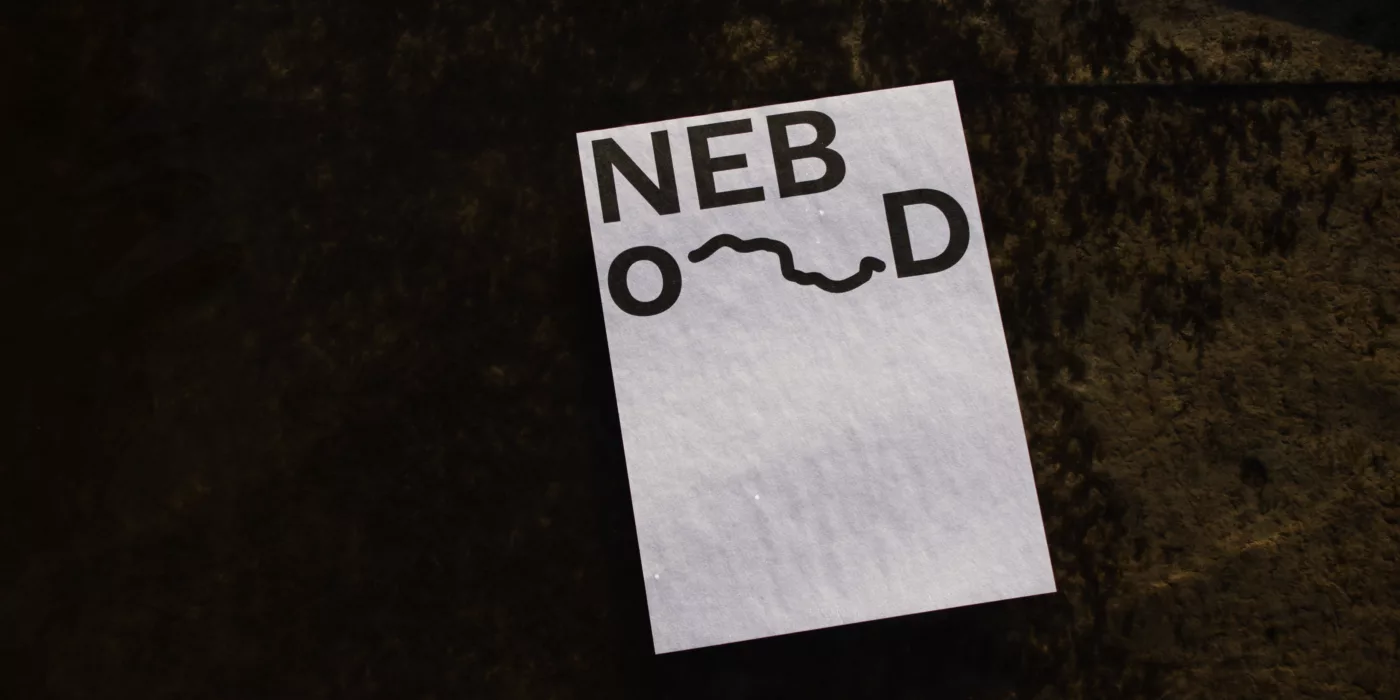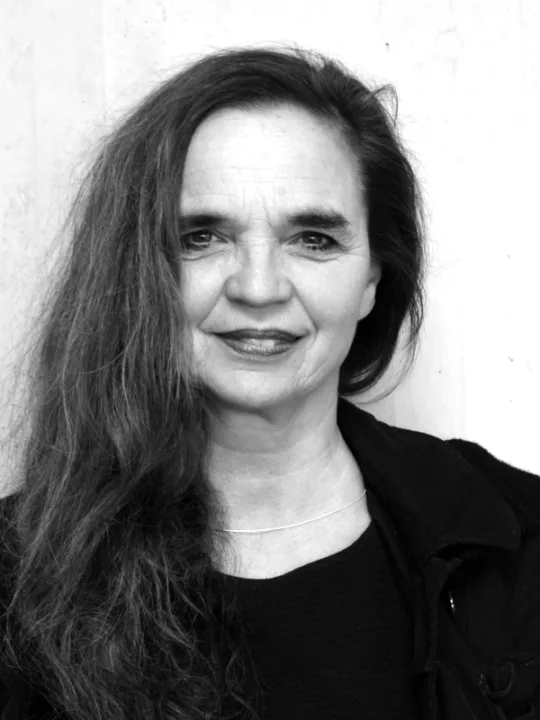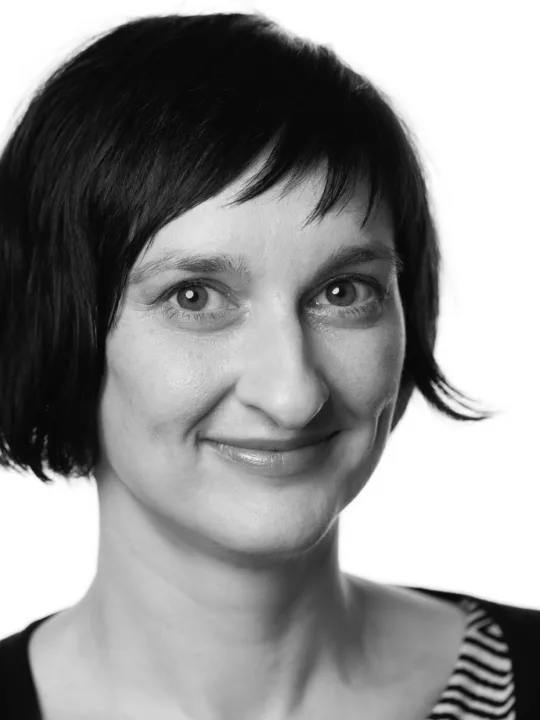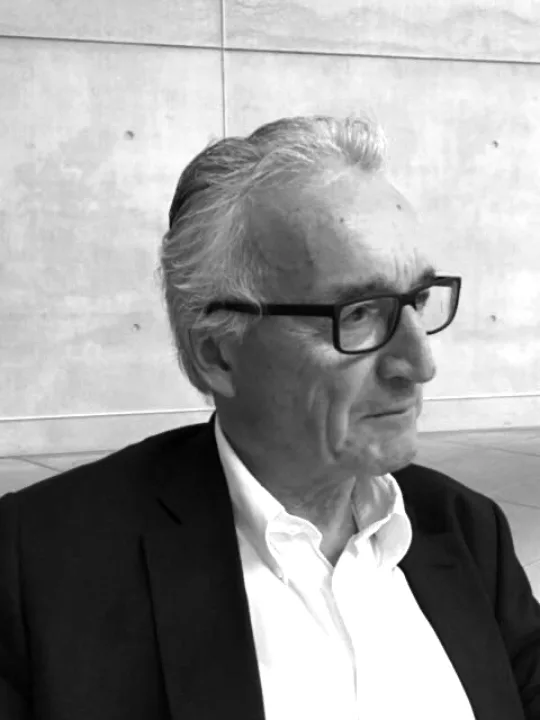The New Bauhaus on the Danube is all about partnership and collaboration. It is a Think and Do Network, radically consistent and uncompromising.
The Danube is a long river. The major blueway divides and joins its neighbouring states, cutting through a sequence of different levels of prosperity: the GDP at its source is 300 times higher than at the estuary. In its catchment area there is an unparalleled diversity in languages and cultures, religious and political beliefs, geographical and human landscapes, income and lifestyle. It is a region of controversies and ruptures, but also power drawn from in-between conditions and the great spirit inhabiting hybrid identities. Both- and conditions in constant flux determine the life of 85 Million. From Austria to Serbia, from Hungary to Moldova or Germany to Ukraine people deserve a livable future.
The New European Bauhaus on the Danube initiative (NE-BoD) demands a radical update of planning horizonts and procedures. What if the unorderly condition of territories along the Danube, becomes re-read as a potential reserve for resilient development and action? What if changing industrial and infra-structural landscapes breed new business models that can be embedded in empty spaces and vacant factories? Or, if digitisation and local production enable projects of common interest in urban peripheries, shrinking towns and rural communities?
The NEBoD functions as a think-and-do tank that generates and shares knowledge and activities. It doubly serves as an open communication platform for experiences and ideas as well as a base to exchange competences in the fields of design, art, architecture and culture. Activities support shared identi-ties and highlight the need to transform spatial structures for post-fossil needs.
The Danube Region has to maintain its traditional function as a hybrid and intermediary part of Europe, a buffer zone, able to harbour and protect people and needs or people in need. This precious quality has been appreciated and cared for by many people along the corridor. Now times of crises call for joint action and orientation. The challenge is too big, to go alone.



